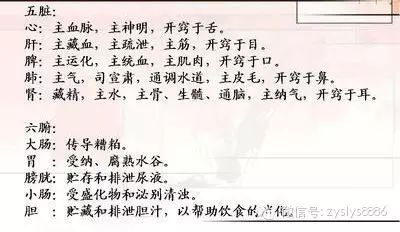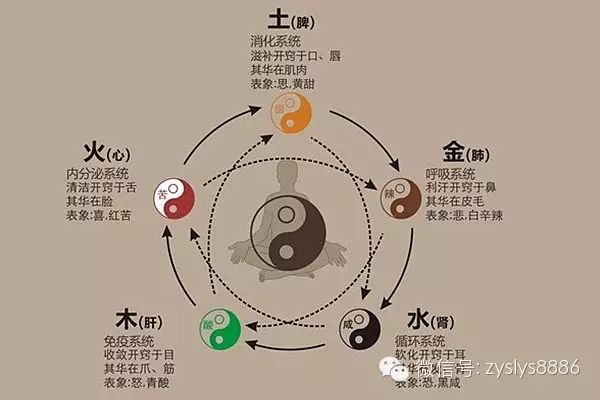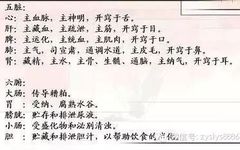Article Overview: The importance of the five organs and six bowels is frequently mentioned in TCM health practices. So, what do the five organs and six bowels refer to? What are the five organs? What are the six bowels? Let’s take a look at the introduction below.
What are the Five Organs and Six Bowels?
The core theory of TCM revolves around the five organs and six bowels. The five organs refer to the liver (Gan), heart (Xin), spleen (Pi), lungs (Fei), and kidneys (Shen); while the six bowels refer to the gallbladder (Dan), small intestine (Xiao Chang), stomach (Wei), large intestine (Da Chang), bladder (Pang Guang), and san jiao (Three Jiao).
 The Five Organs
The Five Organs
Heart (Xin): The heart is the sovereign organ, governing the spirit. It controls the blood vessels, and its manifestation is seen on the face. It opens to the tongue. When the heart is harmonious, the tongue can discern the five flavors.
Pericardium (Xin Bao): Also known as the heart protector, it is a membrane that envelops the heart, with distinct vessels distributed on it. It protects the heart and transmits the commands of the heart.
Liver (Gan): The liver stores blood, regulates the flow of qi, and influences emotional well-being, promoting digestion and absorption. The liver governs the tendons, and its manifestation is seen in the nails. It opens to the eyes. When liver qi flows smoothly, the eyes can distinguish the five colors.
Spleen (Pi): The spleen is responsible for transformation and transportation, governs blood, and is associated with the muscles and limbs. It opens to the mouth, and its manifestation is seen in the lips.
Lungs (Fei): The lungs govern qi, control respiration, and are responsible for dispersing and descending. They connect with the skin and hair. They regulate the water pathways. They open to the nose, and when the lungs are harmonious, the nose can discern odors. They are related to the throat and voice.
Kidneys (Shen): The kidneys store essence and qi, govern reproduction and development, nourish and warm the organs, control water, and regulate the intake of qi. They govern the bones, produce marrow, and fill the brain, with their manifestation seen in the hair. They open to the ears and govern the two yin.
Ming Men (Gate of Life): Located between the two kidneys, one and a half inches from the spine (behind the navel). The Ming Men represents kidney yang. “Without this, the kidneys cannot be strong, and skills cannot be expressed; without this, the bladder cannot transform qi, and the water pathways cannot function; without this, the spleen and stomach cannot transform food and water, and the five flavors cannot emerge; without this, the liver and gallbladder cannot make decisions, and strategies cannot be formulated; without this, the large and small intestines cannot function, leading to constipation; without this, the heart cannot illuminate the spirit, and all matters cannot respond.”
 The Six Bowels
The Six Bowels
Gallbladder (Dan): Attached to the liver, it works in conjunction with the liver to perform the function of dispersing. The gallbladder stores

